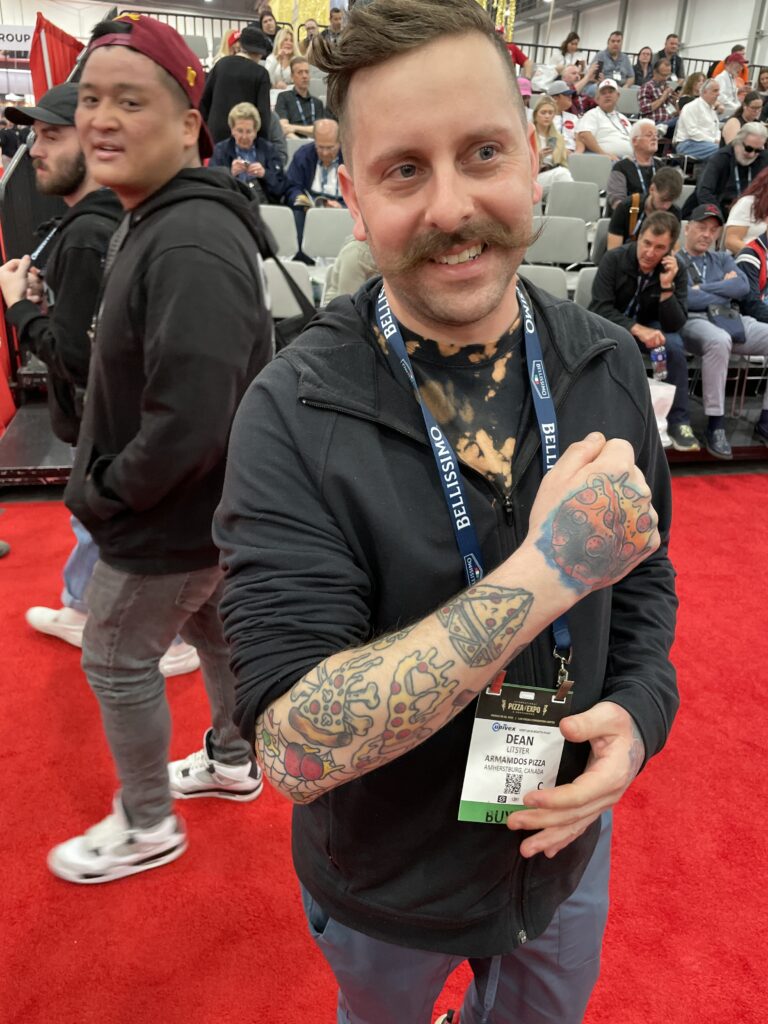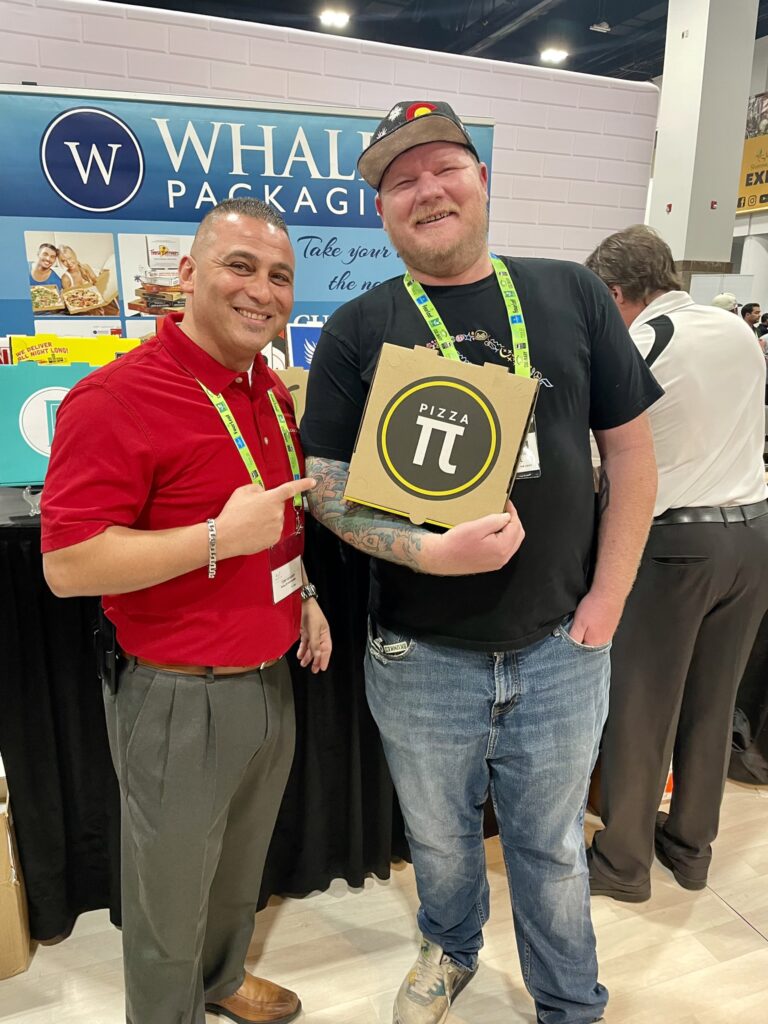Custom packaging isn’t just about wrapping up a product; it’s an integral part of your brand strategy that speaks volumes to consumers before they even open the box. For distributors, understanding how to navigate the custom packaging process effectively is crucial to delivering on brand promises and enhancing product appeal. Here’s a comprehensive step-by-step guide to mastering the custom packaging journey, from the drawing board to the hands of your customers.
1. Initial Consultation: The first step in the custom packaging process is the initial consultation. Here, it’s vital to come prepared with a clear idea of your goals and needs. Discuss the type of products that need packaging, your branding requirements, budget constraints, and any logistical considerations. This is the time to ask questions and get aligned with your packaging provider about what’s possible within your parameters.

2. Design Conceptualization: Once your needs are clearly defined, the design phase begins. This is where creativity meets practicality. You’ll work with designers who will propose concepts that not only look great but also work well practically and economically. For distributors, it’s important to be open to suggestions from designers and to provide timely feedback. Consider holding regular design reviews to ensure the concept aligns with your vision and adjustments can be made before moving forward.
3. Prototyping: After finalizing the design, a prototype of the packaging is often created. This is a crucial step as it allows you to see and feel the packaging before it goes into mass production. It’s an opportunity to test the packaging with your product, ensuring everything fits perfectly and functions as intended. Feedback during this stage can save costly changes later, so assess every detail.
4. Refinement: Based on the feedback received during the prototyping phase, further refinements may be necessary. This could involve tweaking the design, changing materials, or altering the print. Effective communication between you and your packaging provider is key here to ensure that all changes are clearly understood and implemented accurately.
5. Production: With the design set and prototype approved, production begins. This phase involves the actual manufacturing of your packaging. For distributors, understanding the production timeline is essential to manage expectations and plan logistics, especially if the packaging is part of a larger product launch.
6. Quality Control and Delivery: Before and during delivery, quality control checks are conducted to ensure that the packaging meets the agreed standards. As a distributor, it’s wise to be involved in this process either directly or through scheduled updates. Once everything passes quality assurance, the packaging is delivered and ready for use.

7. Feedback Loop: Finally, maintaining a feedback loop with your clients about the packaging is valuable. This can provide insights into what works, what doesn’t, and what can be improved in future packaging runs. It also helps in reinforcing strong relationships with your clients by showing that you value their input and are committed to continuous improvement.
Navigating the custom packaging process requires careful planning, close collaboration, and open communication between distributors and packaging providers. By understanding each step of the process and actively participating, distributors can ensure a smoother workflow and successful outcomes.
If you’re looking to enhance your distribution offerings with custom packaging that speaks volumes, reach out to us at W Packaging. Let’s make your packaging process as streamlined and effective as possible, ensuring your products stand out in the market.

